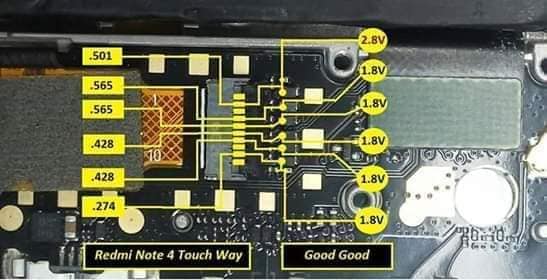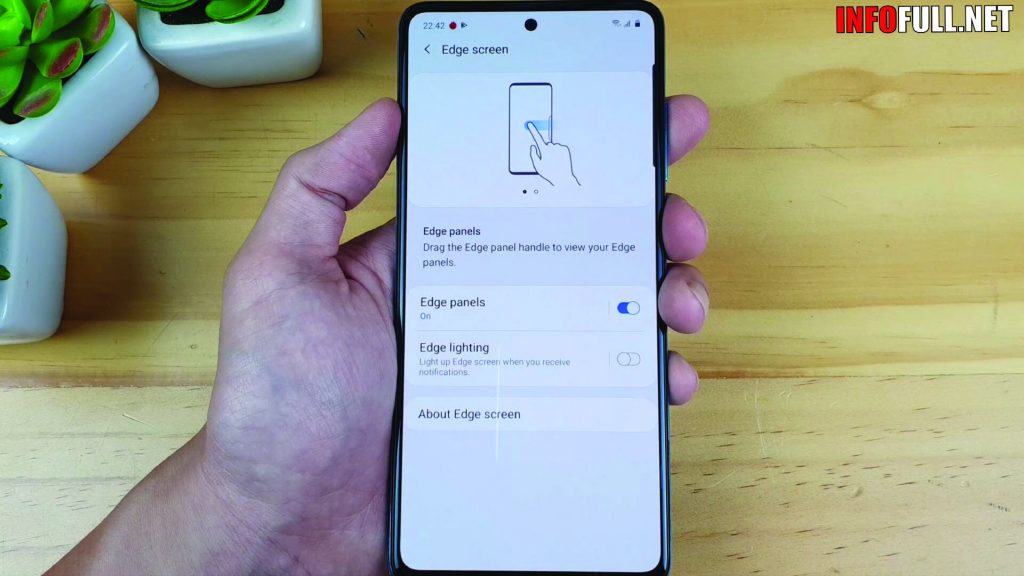

Have you been playing around in your phone settings, haphazardly changing things to see what happens? If so, you've probably switched on Night Shift, which isn't a default setting. Problem #3: My phone screen looks really orange. 📲On Android: Settings > Battery and device care > Battery > Toggle the switch off next to Power saving mode. Add Low Power Mode to your Control Center for easy on/off access. Or, go to Settings > Control Center > Customize Controls. 📲On iOS: Settings > Battery > Toggle the slider for Low Power Mode to the off position. When your battery is close to being drained, your smartphone can turn off a number of background operations and tweak the display to use less power.īut if you need to increase the brightness, it's simple to switch that setting off. Problem #2: My screen is constantly too dark.Īssuming your display isn't damaged, the most common culprit for a consistently darkened screen is power saving mode. Then, adjust the brightness bar until you've reached your desired level of brightness. 📲On Android: Settings > Display > Tap the slider next to Adaptive brightness and switch it to the off position.


Here's how Samsung says you can turn it off.
#To make my samsung note 4 brighter screen android
Most Android phones have a similar auto brightness feature. You can switch it back on to reset the auto-brightness settings, if desired. 📲On iOS: Settings > Accessibility > Display & Text Size > Turn off auto-brightness. So if it's bright outside, the slider should move up to create a bright screen, and if you're in a dark bedroom, the slider should move down to dim it.Įven though auto brightness is on by default, it's pretty easy to switch it off or reset it-and your eyes will thank you. You can see this in action if you keep your eyes on the brightness slider, which will move according to those light conditions. Apple says its iOS devices use an ambient light sensor to automatically adjust brightness levels based on the light conditions in your surroundings.


 0 kommentar(er)
0 kommentar(er)
